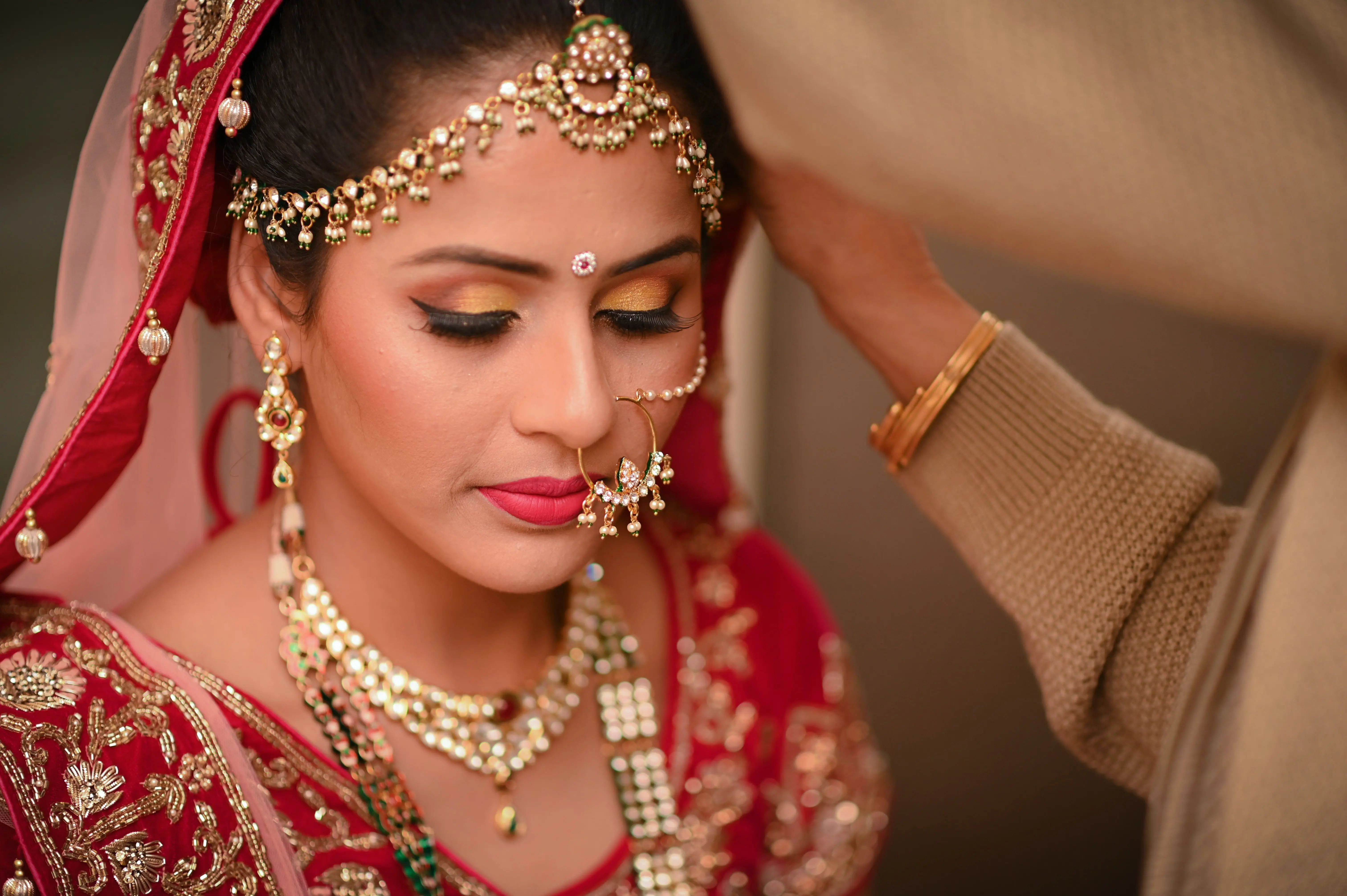A Guide to Captivate and Invite
Introduction
In the world of event planning, the first impression sets the tone for what lies ahead. Invitations, being the heralds of your celebration, play a pivotal role in conveying not just the details but also the overall ambiance. One crucial decision that event hosts must make is whether to go for a formal or informal invitation style. In this blog post, we’ll explore the nuances of formal and informal invitations, helping you make the right choice for your event.
1. Understanding the Essence of Formal Invitations
Start by delving into the characteristics that define formal invitations. Discuss the importance of elegance, traditional wording, and sophisticated design. Explore when formal invitations are most appropriate, such as weddings, galas, and corporate events. Provide examples of formal invitation templates to illustrate key elements.
2. The Art of Crafting Formal Invitations
Offer tips and guidelines for creating formal invitations that exude class and sophistication. Discuss the significance of proper etiquette, including addressing recipients formally and using traditional language. Explore design elements that complement a formal tone, such as classic fonts, embossed details, and high-quality paper.
3. Navigating the Landscape of Informal Invitations
Shift the focus to informal invitations and their role in creating a more relaxed and casual atmosphere. Highlight scenarios where informal invitations are fitting, such as birthday parties, casual gatherings, and family events. Provide examples of wording and design that capture the laid-back nature of informal events.
4. Creative Freedom in Informal Invitations
Explore the creative possibilities that come with informal invitations. Discuss how hosts can experiment with playful language, unique themes, and casual designs to reflect the personality of the event and the host. Provide inspiration for DIY enthusiasts on creating informal invitations that stand out.
5. Matching Invitations to Event Themes
Examine the importance of aligning the invitation style with the overall theme of the event. Discuss how a cohesive approach enhances the guest experience and sets the right expectations. Provide examples of successful events where the invitation seamlessly matched the theme, whether formal or informal.
6. Guest Expectations and Comfort
Consider the perspective of the guests and how the style of the invitation can influence their expectations and level of comfort. Discuss how formal invitations may set a certain tone for the event, while informal invitations communicate a more relaxed atmosphere. Explore the psychology behind guest expectations based on the invitation style.
7. Balancing Tradition and Personalization
Encourage hosts to find the delicate balance between tradition and personalization. Discuss how even formal events can incorporate personalized touches, and how informal events can maintain a sense of order and structure. Provide examples of events that successfully blended tradition with a personal touch in their invitations.
8. Practical Considerations: Cost and Logistics
Address practical considerations that may influence the choice between formal and informal invitations, such as budget constraints, printing logistics, and mailing requirements. Offer tips on cost-effective options for both styles and discuss the environmental impact of different choices.
Conclusion: Striking the Right Tone
Summarize the key points and emphasize the importance of choosing the right invitation style to set the tone for the event. Encourage hosts to consider the nature of the occasion, the guest list, and their personal style when making this crucial decision. Ultimately, whether formal or informal, the invitation should serve as a preview to the memorable experience that awaits the guests.




Leave a Reply